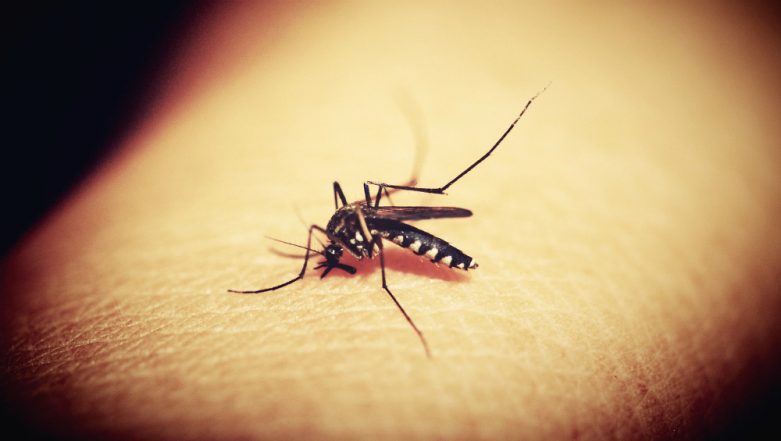Scientific Breakthrough! Researchers Develop Tool to Curb Chikungunya by Preventing Female Mosquitoes from Laying Eggs
The lack of effective tools to control Aedes aegypti mosquito populations has resulted in the continued expansion of the dengue virus, zika virus and chikungunya virus.

New York, July 26: Researchers have developed a tool that attracts and captures female mosquitoes looking for a site to lay eggs, which in the future may help curb the chikungunya virus. The study, published in the journal PLOS, shows that Autocidal Gravid Ovitrap (AGP trap) successfully protected people from getting infected with the chikungunya virus in Puerto Rico. "AGO traps are a novel chemical-free, effective approach to control Aedes aegypti (Yellow fever mosquito) populations and provide protection from infection with the pathogens that these mosquitoes transmit," said researchers from the US Centers for Disease Control and Prevention (CDC).
"Further evaluations should determine if AGO traps are sustainable and effective in large scale community trials," they said. The lack of effective tools to control Aedes aegypti mosquito populations has resulted in the continued expansion of the dengue virus, zika virus and chikungunya virus. Fiji Releases Wolbachia Mosquitoes To Fight Dengue Fever, Zika and Chikungunya.
For the study, the researchers randomly selected 290 households in Puerto Rican communities that had AGO trap interventions and 349 households in communities without AGO traps. From intervention communities, 175 household members were analysed and 152 from non-intervention communities.
Blood samples were collected from each participant to detect chikungunya virus infection and surveys recorded demographic information as well as data on mosquito repellent and bed net use and frequency of mosquito bites.
A total of 114 participants (34.9 per cent) were seropositive for the chikungunya virus. Among people who spent most of their daytime hours inside the community they lived in, 10.3 per cent were seropositive for chikungunya virus in communities with AGO traps whereas 48.7 per cent were positive for chikungunya virus in communities without traps.
Among all participants, including those who did not spend as much daylight time within the community, 26.1 per cent were seropositive for the chikungunya virus in the intervention communities and 43.8 per cent were positive in communities without traps.
(The above story first appeared on LatestLY on Jul 26, 2019 04:20 PM IST. For more news and updates on politics, world, sports, entertainment and lifestyle, log on to our website latestly.com).



